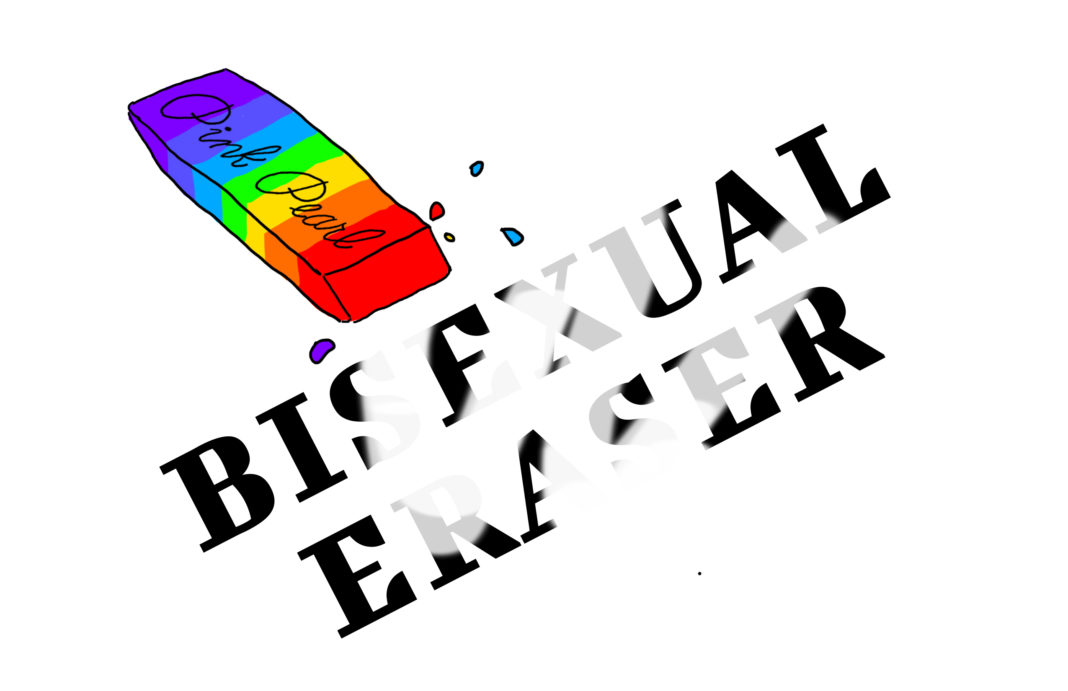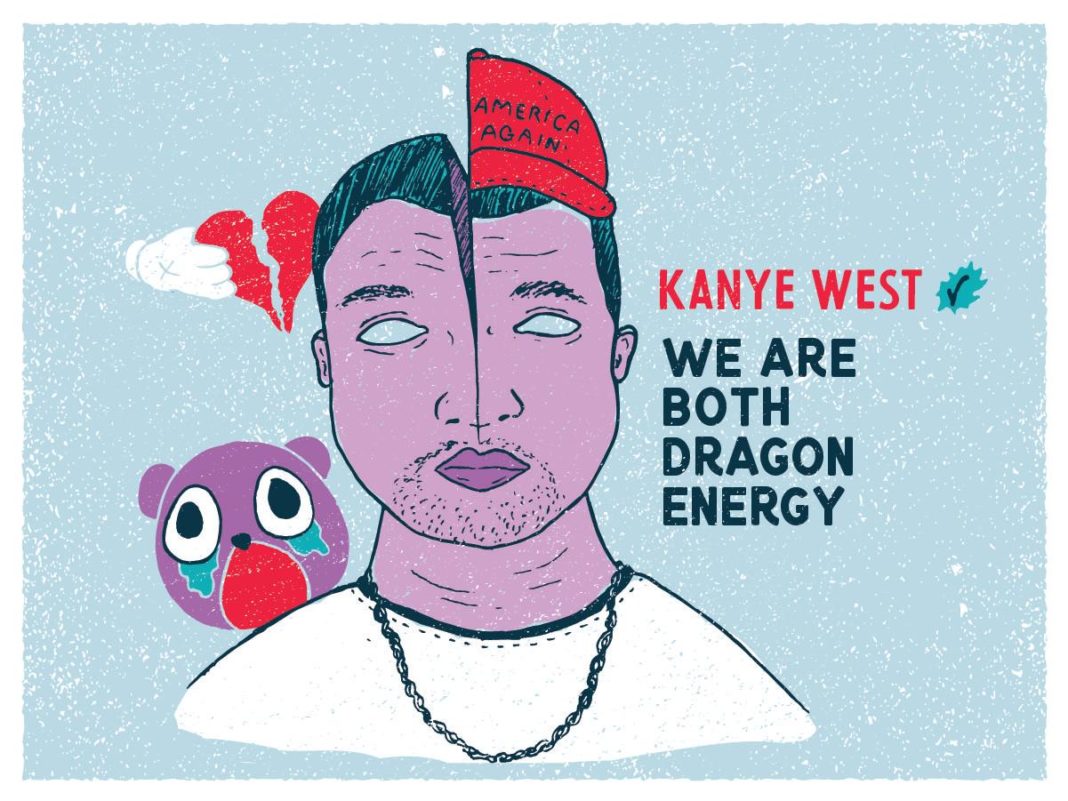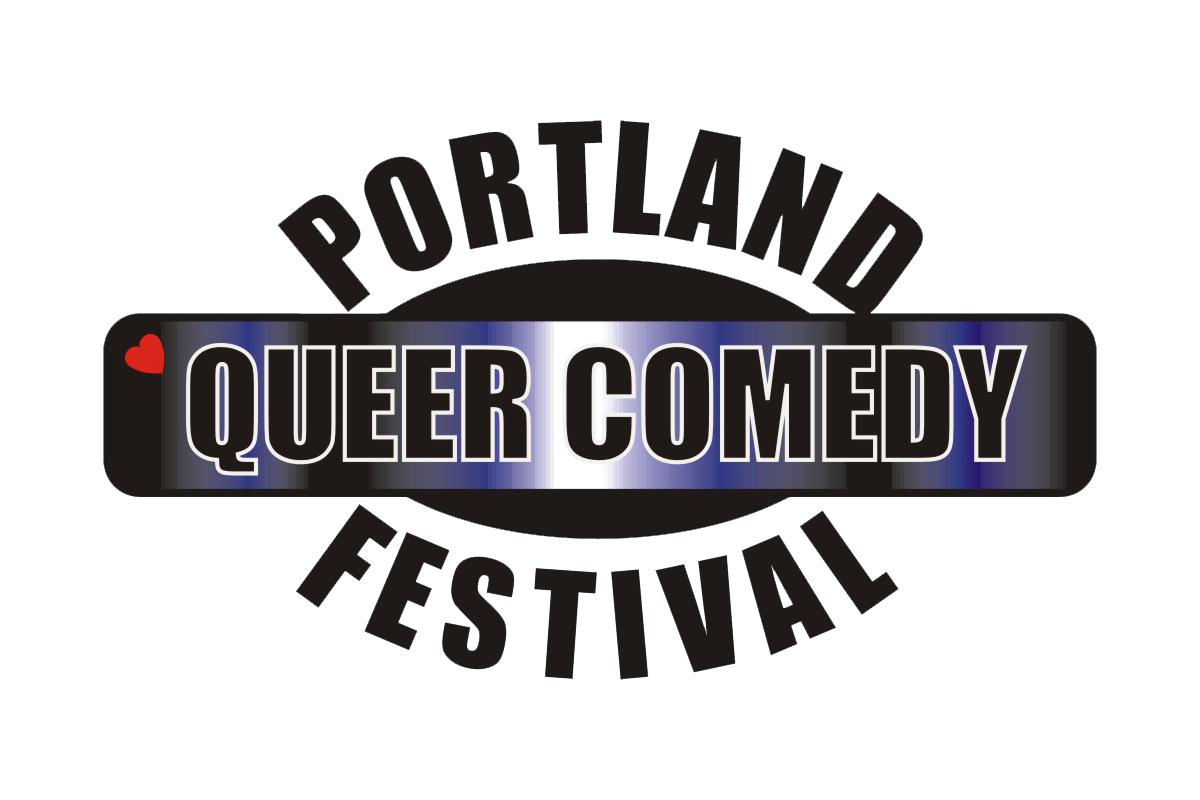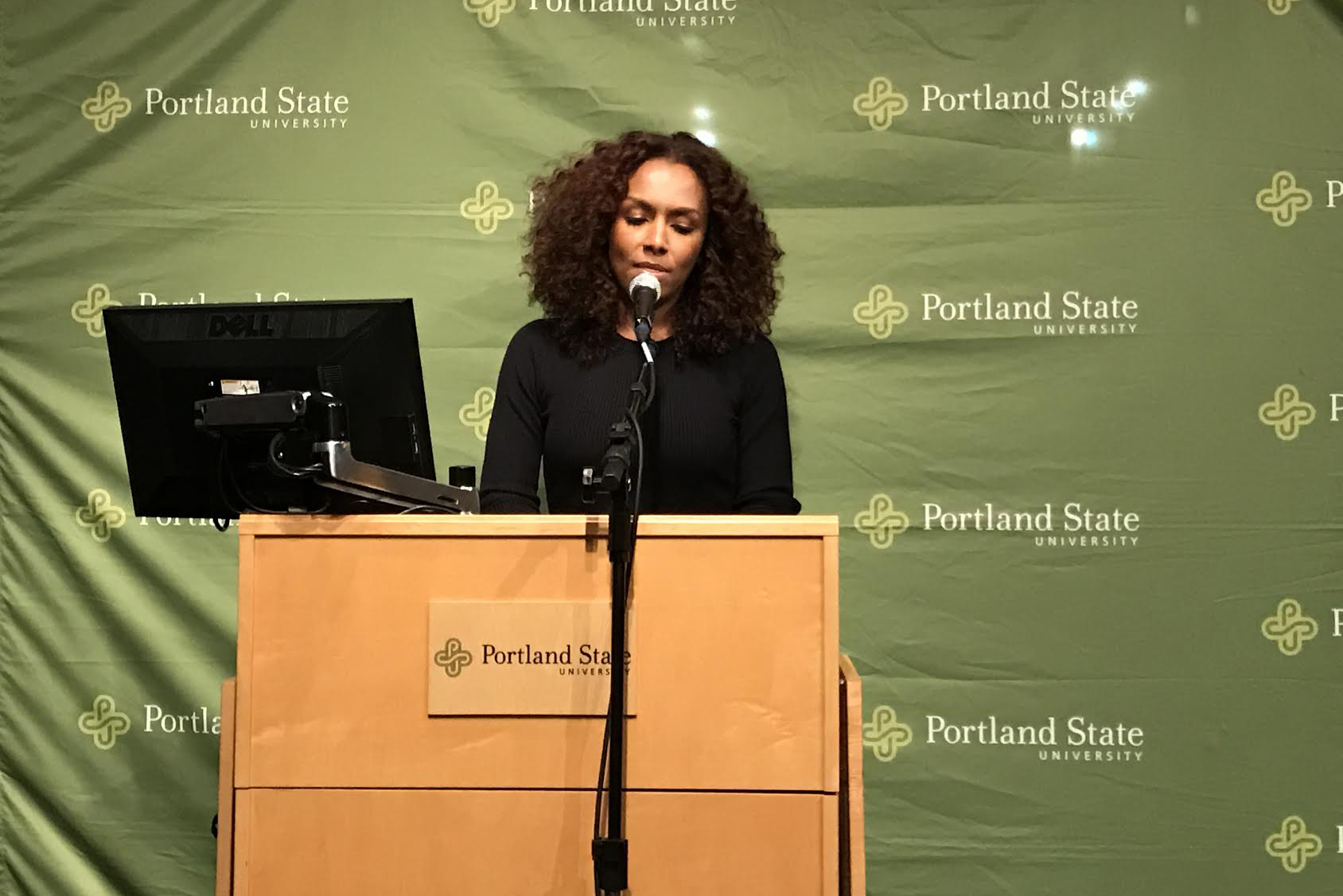No one is talking about bisexuality; at the very least, people are not taking it seriously.
Western society has come a long way in respect to embracing individuality and the free expression of gender and sexual identity. LGBTQ+ representation in the media is on the rise, but bisexuality is often disregarded.
Bisexuality can be defined as the capacity to have romantic or sexual attractions to more than one sex or gender identity. One common concern with the term bisexual is that it only encompasses the binary male and female sexes and leaves out those who are gender nonconforming, agender, non-binary or anyone else who exists somewhere else in the gender spectrum. However, many bisexual people recognize that bisexuality can expand outside of the binaries.
In a widely cited 2015 study by Gallup, it was estimated that 3.8 percent of the United States population reported they identify as LGBTQ+. Bisexual individuals made up the largest group, totalling about 1.8 percent of the U.S. adult population, while those who identify as gay or lesbian made up 1.7 percent. Why is it then that bisexual people are constantly misunderstood and forgotten, not only in society as a whole but also within the LGBTQ+ community?
Bisexual people are often left out of the conversation when it comes to queer liberation and peoples’ right to freely express their own identity. They are stereotyped as being promiscuous, flighty, dishonest, flirty, confused and are constantly sexualized in media. These negative attributes that have been attached to bisexual identities are harmful and inaccurate.
Both the queer community as well as the heteronormative, straight narrative push back against bisexual identities. They are not straight enough for heterosexual people and not queer enough for queer people.
Why is there a disconnect between bisexuality and the rest of the world? The relationship media have with bisexuality and the portrayal thereof may hold some of the answers. Bisexuality has not received the same attention that other queer identities in the media have recently. Instead, the media erase bisexuality, refusing to recognize or name it in entertainment programming media and pushing bisexual people to just choose a side already.
The two male leads in Call Me By Your Name—an LGBTQ+ focused film that performed well at the Academy Awards—have been interpreted by mainstream media as gay men rather than bisexual. Orange is the New Black has also been criticized for bi-erasure due to the lead, Piper, being called a lesbian by her husband and a straight girl by her ex-girlfriend Alex, instead of correctly identifying her as bisexual. Brokeback Mountain is another critically acclaimed queer film that depicts the relationship between two male characters who are bisexual, yet has been labeled as one of the best gay movies of all time.
These examples can be tied back to the biggest problem of all: society’s refusal and inability to recognize bisexuality as it stares us in the face alongside media’s inaccurate representations of it.
Bisexuality is not taken seriously in heteronormative, Western society, and it’s avoided in queer society. While we celebrate certain sexual, romantic and other unique identities, we at the same time witness the erasure and rejection of others. It is not the job of bisexual people to prove the stereotypes wrong. Rather, it is society’s job to its their point of view to be inclusive and welcoming to all.
I am at PSU pursuing an art history major and am minoring in Gender, Sexuality and Queer Studies and Design Management. I took on the role of opinion editor in summer 2018. When I started writing for the opinion section last year as a contributor, I was looking to learn about journalism and media; I can say I definitely have. As an editor, I focus on creating environments in which writers and readers can connect and engage in productive conversations exploring new points of view.






